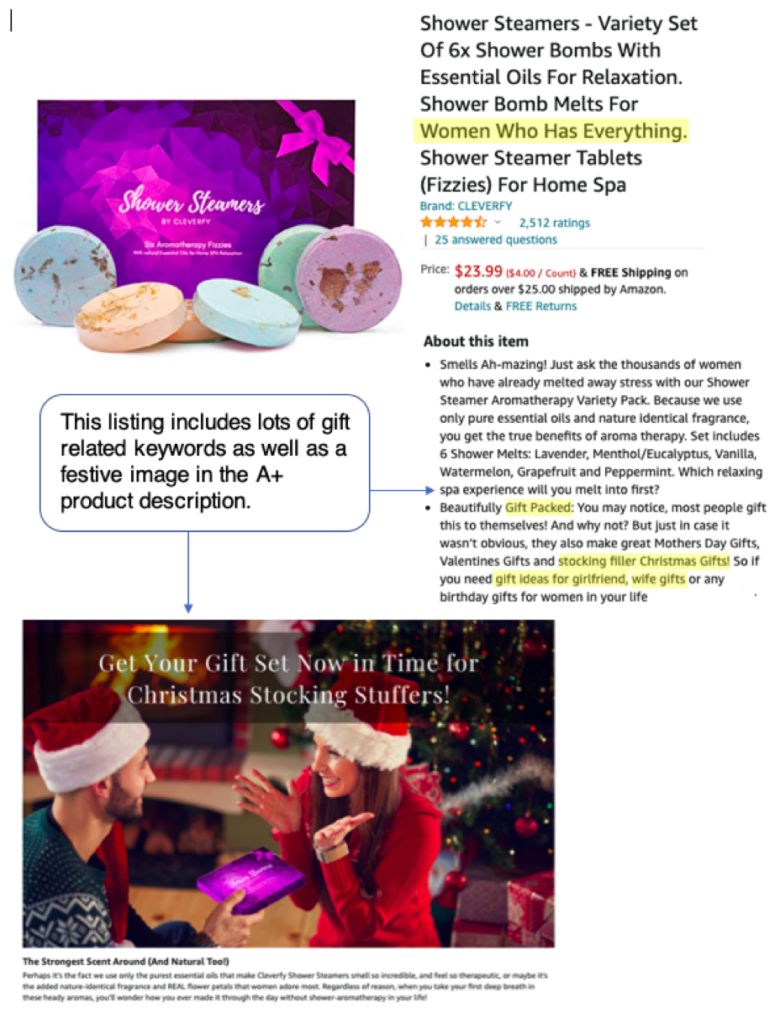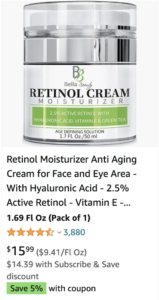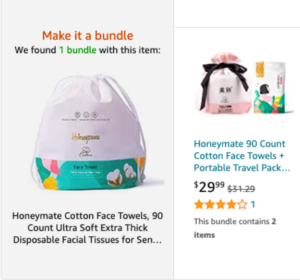When is Black Friday?
Black Friday takes place every year on the first shopping day after Thanksgiving in the US with Cyber Monday taking place the following Monday. Black Friday marks the beginning of increased demand from shoppers so if you take the right steps now you can ride the wave for the next few weeks.
Top strategies for Black Friday
Here are our top tips for making the most of Black Friday. What strategy is best for you will depend on your products, profit margin and how much inventory you have.
It’s very important to assess how much you can afford to spend on getting sales, whether that’s through PPC or promotions. Likewise, you need to assess your inventory levels as if you don’t have a lot of inventory then there’s no point in running heavy promotions only to run out of stock during the busiest shopping period of the year.
Referring back to your sales figures for Q4 2019 can help you with forecasting selling patterns for your products.
Optimise your listing
Now is the time to make sure your listings include seasonal and gift-related keywords which are likely to see a surge in traffic around this time of year.
For example, if you are selling a cheese board, you could include keywords such as “cooking gifts”, “gifts for cooks” or “kitchen gifts”. You can also include broader keywords such as “Christmas gifts for her” or “presents for dad”.
Identify the main holiday-related keyword you want to rank for and add it to your title, then add any others you want to rank for in your bullets and product description. It’s also worth adding them to the search terms field in your backend.

Optimise your PPC
With the increase in shoppers come an increase in ad spend. This means that you will need to spend more than usual in order to get your ads seen.
Make sure you assess your target ACOS for your products and, if you have the budget, then raise your bids for your highest performing keywords. You could also consider running a highly targeted campaign around holiday-related keywords if they are likely to work for your product.
Once you have set up your campaigns, carefully monitor them to ensure you don’t run out of budget or massively overspend.
Offer free shipping
If your products are seller fulfilled, rather than fulfilled by Amazon, you should consider offering free shipping.
Customers who are shopping on Black Friday are looking for deals and are used to the convenience of free prime delivery. If you don’t offer free shipping then you are likely to lose out on sales to other sellers who are offering free shipping.

Discounts
If you’ve missed the deadline to submit a lightening deal, there are plenty of other ways you can offer discounts on your products:
Sale discount
This is perhaps the easiest way to run a promotion. You can simply run a sale through the edit listing section of Seller Central. Set the start and end date of the sale and you should see a % off on the listing for the amount you have discounted.

Coupon code
You could create a coupon code which offers a percentage or money off discount. Amazon requires you to set the discount between 5% and 80% of your lowest price for the product in the last 30 days.
This is a good way to budget how much you want to spend on sales as you set the budget limit at the outset and the coupon is deactivated once the budget has been reached. Coupons are great because you can see them on the Search page, so they make you stand out from the competition.

Multi-purchase discount
If you have multiple product listings on Amazon which are related, you can bundle them together, offering customers an incentive to buy more than 1 product from your store. This is a great way to increase your order conversions and drive up the average order value.
You can set the discount so that it gives customers a discount on one additional item or on their entire order. If you have some complimentary or low-cost products, bundle them with your main products for a discount percentage.

Promote off Amazon
If you have an email list or social media following, now is the time to use them. If you are running a promotion, then make sure you advertise it to your customer base by sending out targeted emails or by posting on your social media channels.
Sending traffic to your Amazon listings could not only boost your sales but also boost your sales ranking as Amazon rewards you for sending more traffic to Amazon.
Make it as easy as possible for your customers to get to your products. There is a lot of debate over how best to do this – some recommend sending customers to your store via your store URL, while some recommend giving your customers clear instructions on what keywords to search for on Amazon in order to find your product – do your research and choose the way that works best for you and your audience.
Just remember that there are pros and cons to sending traffic to Amazon. If you primarily sell through Amazon then directing traffic to Amazon makes sense, however, if you also sell via your own website, it might be better to direct your customers to purchase through your own website and save on the Amazon fees.
Bear in mind that you will never get as much traffic as Amazon gets, so you should definitely consider the boost to your ranking you will get from increasing Amazon sales.
I’ve got my Black Friday strategy, now what?
Once you’ve decided on your approach, closely monitor your traffic and conversion rate to see what’s working.
If you’re running a promotion, it’s particularly important that you keep an eye on inventory and how quickly you’re spending your budget so you stay profitable and are able to take advantage of the increased shopping demand throughout all of Q4.
Optimising your listing is something that you need to do more than once a year! It’s important to regularly review them to make sure they are looking as good as can be. In this video I talk about tactics for making your products stand out from the competition:

1 thought on “Amazon Black Friday strategies: My top 5”
Pingback: What Is Inventory Management? And How To Get It Right - The Ecomm Manager